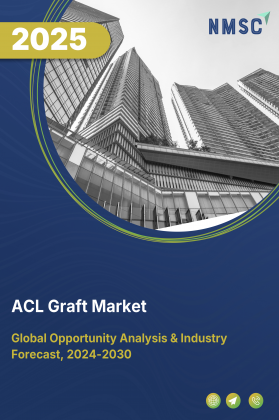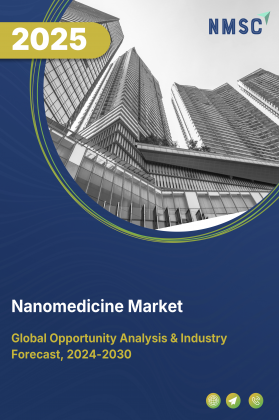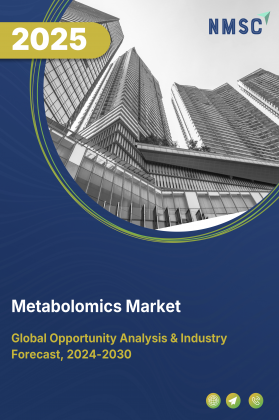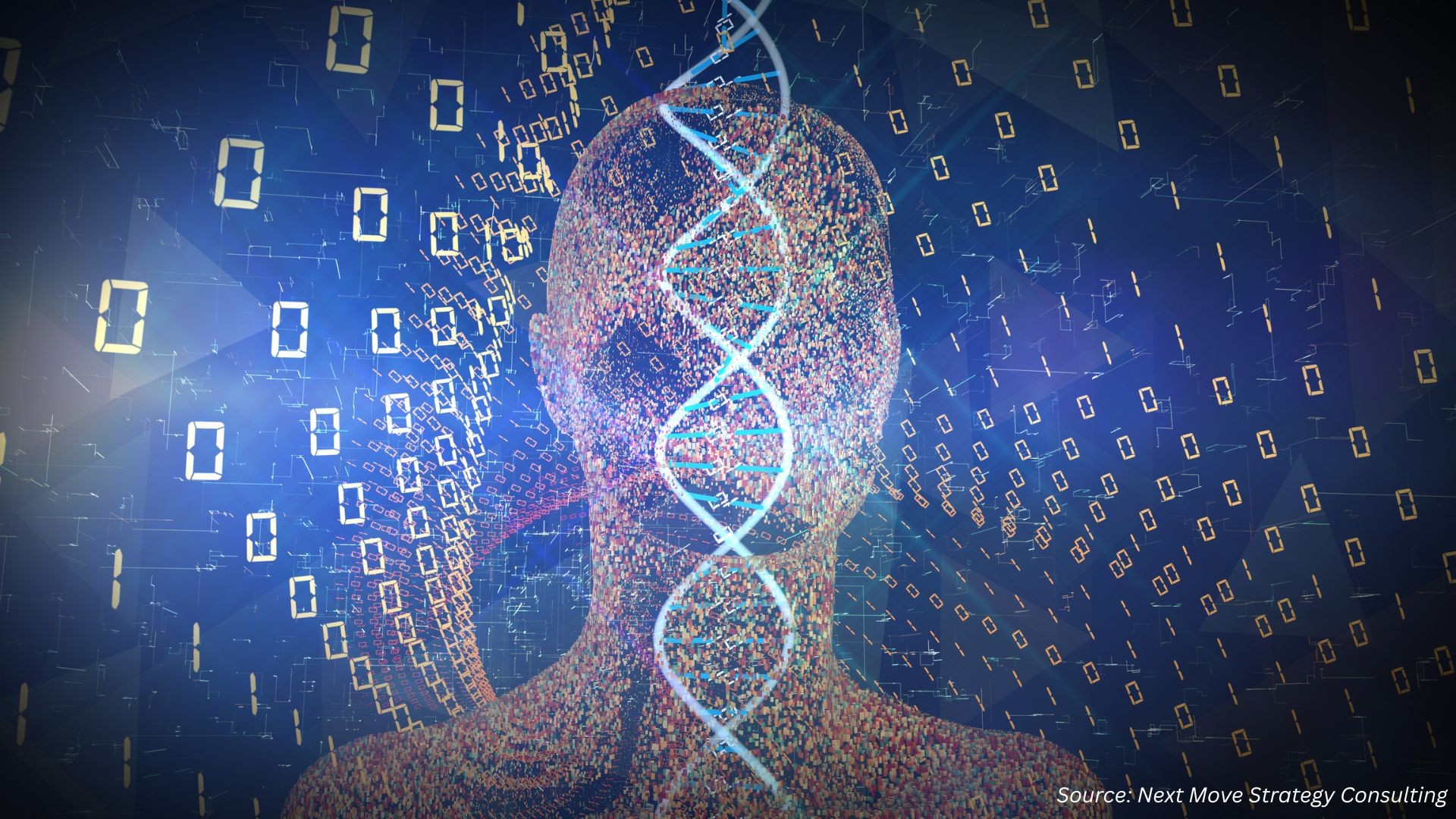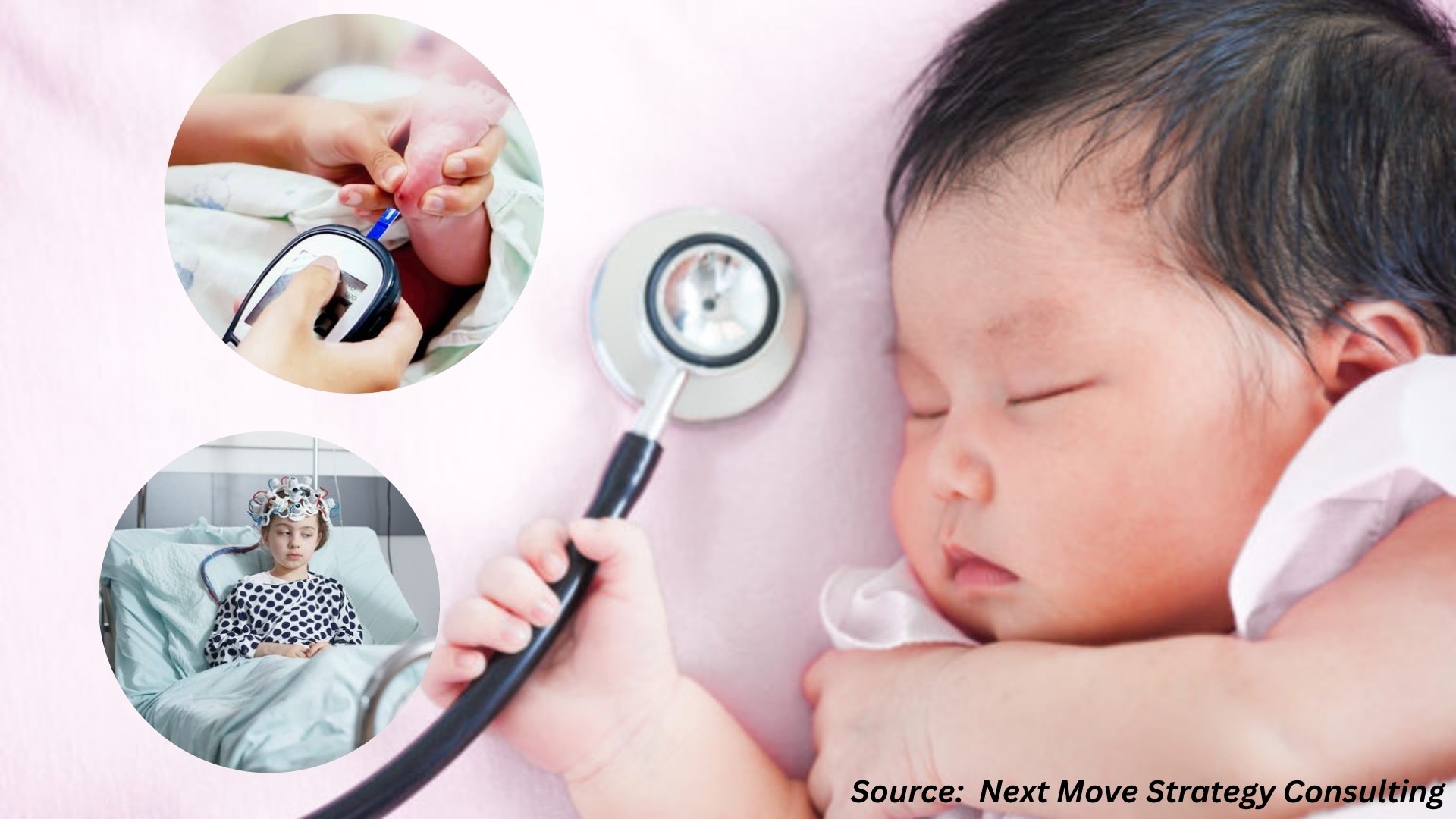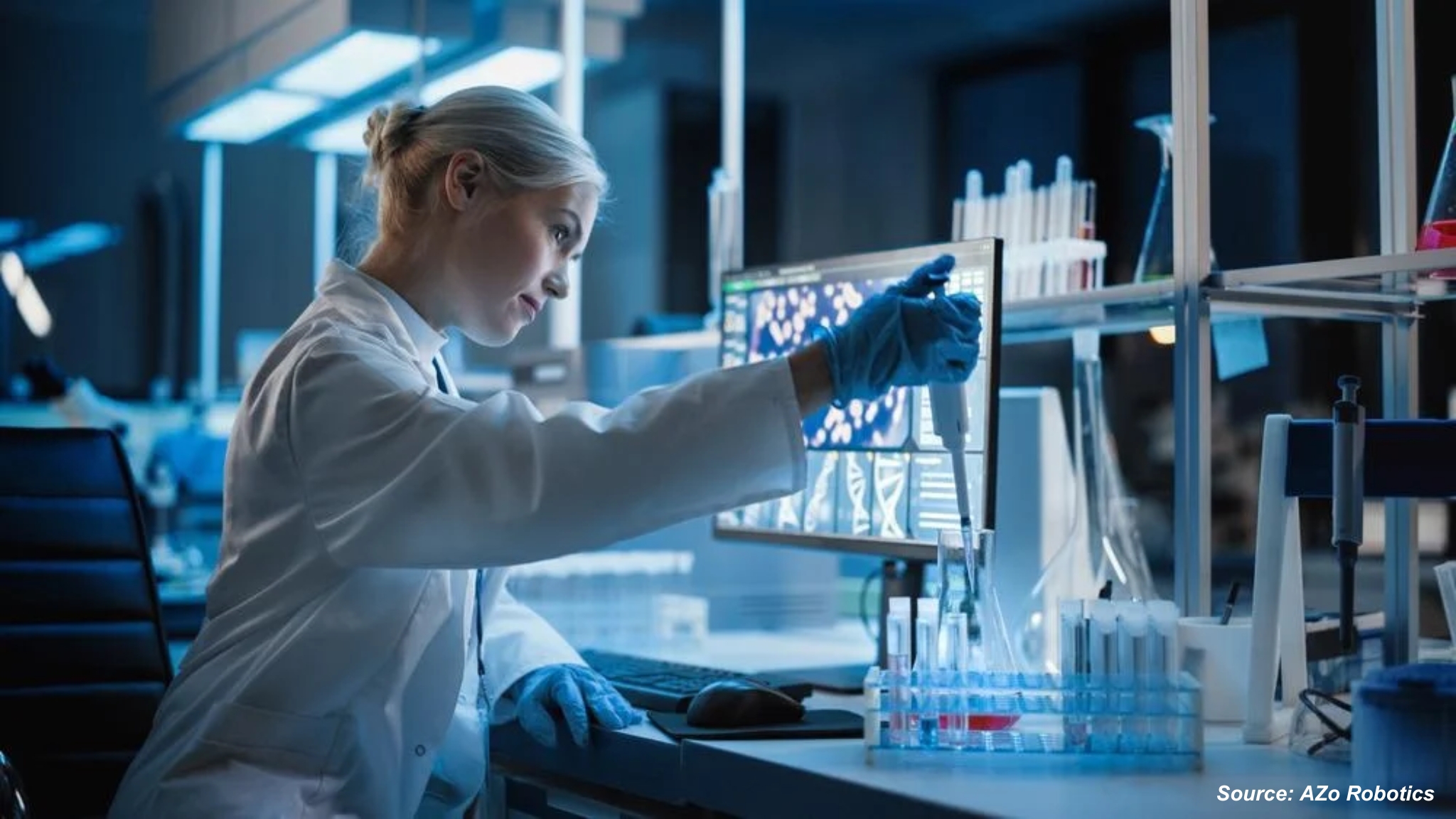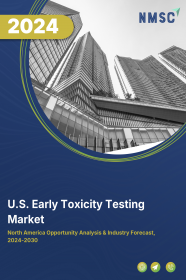
U.S. Early Toxicity Testing Market by Technique (In Vivo, In Vitro and In Silico), by Toxicity Endpoint (Genotoxicity, Dermal Toxicity, Skin Toxicity, Ocular Toxicity, Phototoxicity, and Others), and by End-User (Pharmaceutical Industry, Cosmetic Industry, Chemical Industry, Food Industry, and Others) – Opportunity Analysis and Industry Forecast, 2025–2030
Industry: Healthcare | Publish Date: 23-May-2025 | No of Pages: 147 | No. of Tables: 112 | No. of Figures: 57 | Format: PDF | Report Code : HC728
U.S. Early Toxicity Testing Industry Overview
The U.S. Early Toxicity Testing Market size was valued at USD 2.78 billion in 2024, and is predicted to reach USD 4.13 billion by 2030, at a CAGR of 6.8% from 2025 to 2030.
The early toxicity testing market is benefiting from factors such as growing healthcare expenditure and rising investment in research and development. However, regulatory restrictions pose a significant challenge to the growth of the market.
On the other hand, the introduction of new technologies, such as 3D cell culture-based in-vitro modeling, presents promising future opportunities by enhancing the accuracy and dependability of toxicity testing results. This is expected to propel market expansion in the coming years.
Key players such as Charles River Laboratories International, Inc., Laboratory Corporation of America Holdings, Inotiv, WuXi AppTec, Merck KGaA, Bio-Rad Laboratories, Inc., and others are actively involved in product launches and collaborations to maintain their competitive edge in the market. These initiatives are expected to drive the adoption of early toxicity testing, enabling quicker identification of safety issues.
With advancements in 3D cell culture, clinical trial risks are reduced, ensuring product safety and regulatory compliance while offering benefits such as fewer late-stage risks, cost reductions, and fewer ethical concerns due to non-animal testing methods. These factors will ultimately accelerate further growth in the market.
Growing Healthcare Expenditure Drives the U.S. Early Toxicity Testing Market Growth
The rise in healthcare investment in the U.S. plays a major role in driving the growth of the early toxicity testing market. Pharmaceutical companies are benefiting from monetary support, allowing them to implement advanced technologies.
The U.S. healthcare spending grew by 3%, reaching USD 12,555.26 billion in 2022, compared to USD 12,196.97 billion in 2021, according to the OECD. This increase in healthcare expenditure facilitates the development of advanced testing solutions, which are adopted widely across the pharmaceutical industry.
Enhanced financial resources enable the widespread implementation of more efficient testing technologies, speeding up drug development and improving safety evaluations, thus contributing to the growth of the toxicity testing market.
Rise in Investment in Research and Development Propels the U.S. Early Toxicity Testing Market Demand
The increase in investments in research and development (R&D) is another significant driver for the early toxicity testing market in the U.S. The growth in R&D funding enhances testing methodologies, producing more accurate and efficient results. This investment also accelerates the development of new tools and techniques for toxicity testing, reducing testing times and improving the ability to assess the safety of chemicals and pharmaceuticals more effectively.
According to the National Center for Science and Engineering Statistics, U.S. R&D spending grew by 12.2%, rising to USD 885.60 billion in 2022, compared to USD 789.10 billion in 2021. This cycle of innovation helps drive the overall growth and expansion of the early toxicity testing market.
Regulatory Restrictions Impede Market Development
While regulatory standards ensure the safety and efficacy of new drugs, they also present challenges for the early toxicity testing market. Detailed and stringent protocols for drug development, enforced by regulatory agencies such as the U.S. FDA, require substantial time and financial investment. These regulations can be overwhelming for smaller and medium-sized companies, which may find the complexity and cost of meeting these requirements daunting. As a result, these regulatory hurdles create barriers that slow the U.S. early toxicity testing market expansion.
Introduction of New Technologies Creates Future Opportunities for the Market
The introduction of cutting-edge technologies, such as 3D cell culture-based in-vitro modeling, is expected to create significant growth opportunities for the early toxicity testing market. Unlike traditional 2D models, 3D cell cultures offer a more accurate representation of tissue and organ structures, leading to more reliable and precise toxicity assessments. These models allow for more accurate predictions of toxic effects by enabling the interaction of various cell types, thus enhancing the accuracy of toxicity predictions and reducing the risks associated with clinical trials. This technological advancement is expected to propel the growth of the market in the coming years.
Competitive Landscape
The promising players operating in the U.S. early toxicity testing industry includes Charles River Laboratories International, Inc., Laboratory Corporation of America Holdings, Inotiv, WuXi AppTec, Merck KGaA, Bio-Rad Laboratories, Inc., Thermo Fisher Scientific, PerkinElmer, Inc., Danaher Corporation, Eurofins Scientific, iuvo BioScience, Altasciences, Navitas Life Sciences, Noble Life Sciences, Hera BioLabs, and others.
U.S. Early Toxicity Testing Market Key Segments
By Technique
-
In Vivo
-
In Vitro
-
Cell Culture
-
PCR
-
ELISA
-
Western Blotting
-
Protein Binding Assays
-
-
In Silico
By Toxicity Endpoint
-
Genotoxicity
-
Dermal Toxicity
-
Skin Toxicity
-
Ocular Toxicity
-
Phototoxicity
-
Others
By End-User
-
Pharmaceutical Industry
-
Cosmetic Industry
-
Chemical Industry
-
Food Industry
-
Others
Key Players
-
Charles River Laboratories International, Inc.
-
Laboratory Corporation of America Holdings
-
Inotiv
-
WuXi AppTec
-
Merck KGaA
-
Bio-Rad Laboratories, Inc.
-
Thermo Fisher Scientific
-
PerkinElmer, Inc.
-
Danaher Corporation
-
Eurofins Scientific
-
iuvo BioScience
-
Altasciences
-
Navitas Life Sciences
-
Noble Life Sciences
-
Hera BioLabs
REPORT SCOPE AND SEGMENTATION:
|
Parameters |
Details |
|
Market Size Value in 2024 |
USD 2.78 billion |
|
Revenue Forecast in 2030 |
USD 4.13 billion |
|
Value Growth Rate |
CAGR of 6.8% from 2025 to 2030 |
|
Analysis Period |
2024–2030 |
|
Base Year Considered |
2024 |
|
Forecast Period |
2025–2030 |
|
Market Size Estimation |
Billion (USD) |
|
Growth Factors |
|
|
Companies Profiled |
15 |
|
Market Share |
Available for 10 companies |
|
Customization Scope |
Free customization (equivalent up to 80 working hours of analysts) after purchase. Addition or alteration to country, regional, and segment scope. |
|
Pricing and Purchase Options |
Avail customized purchase options to meet your exact research needs. |




















 Speak to Our Analyst
Speak to Our Analyst



